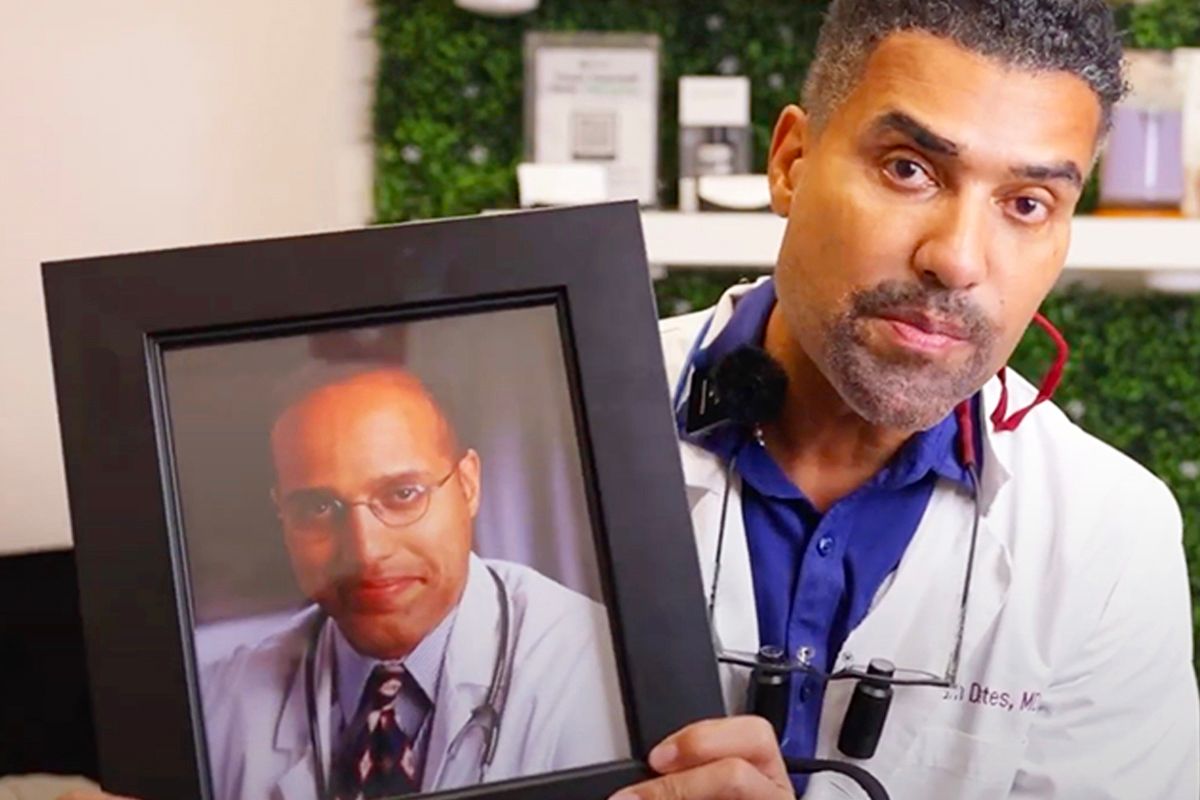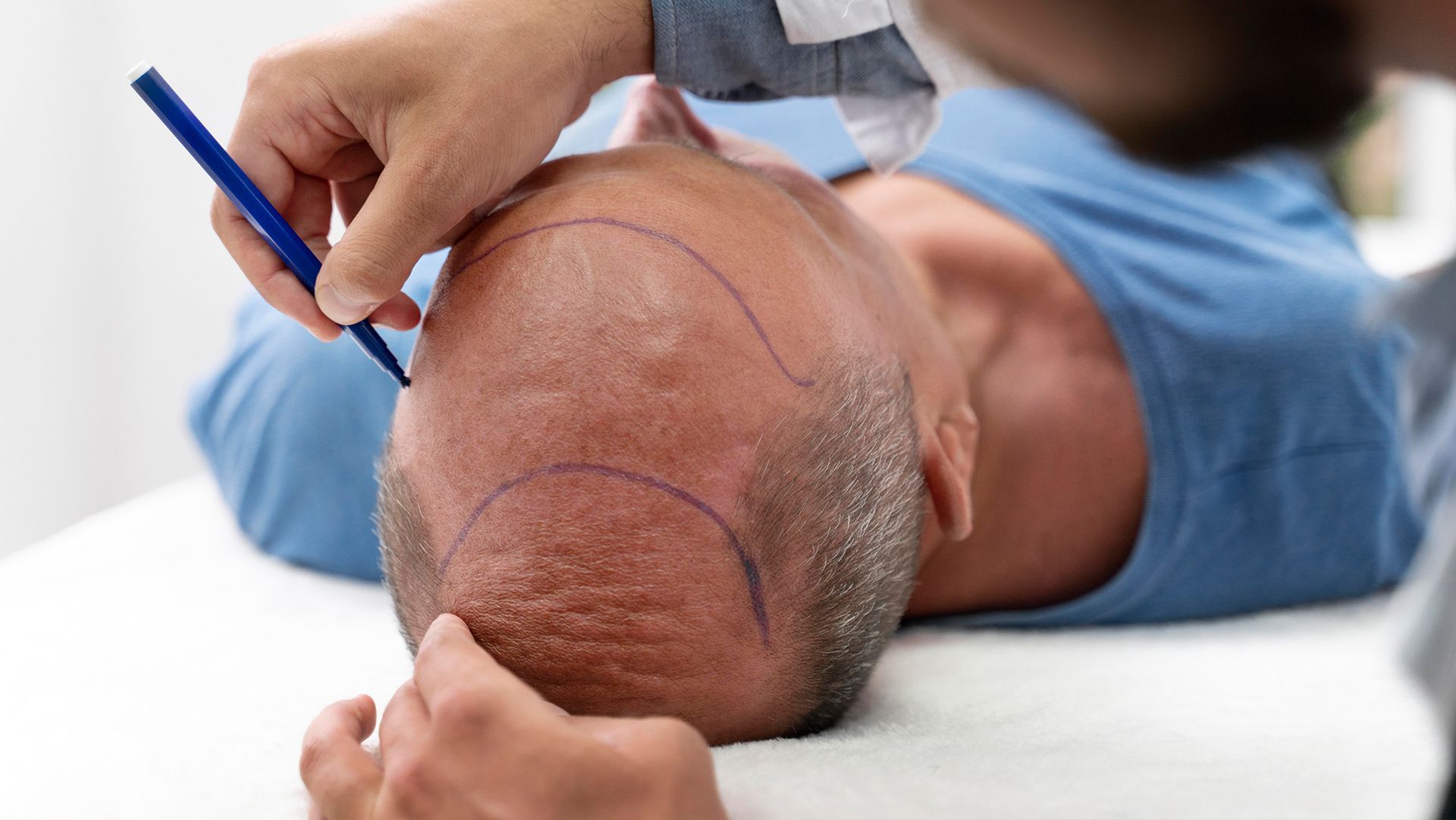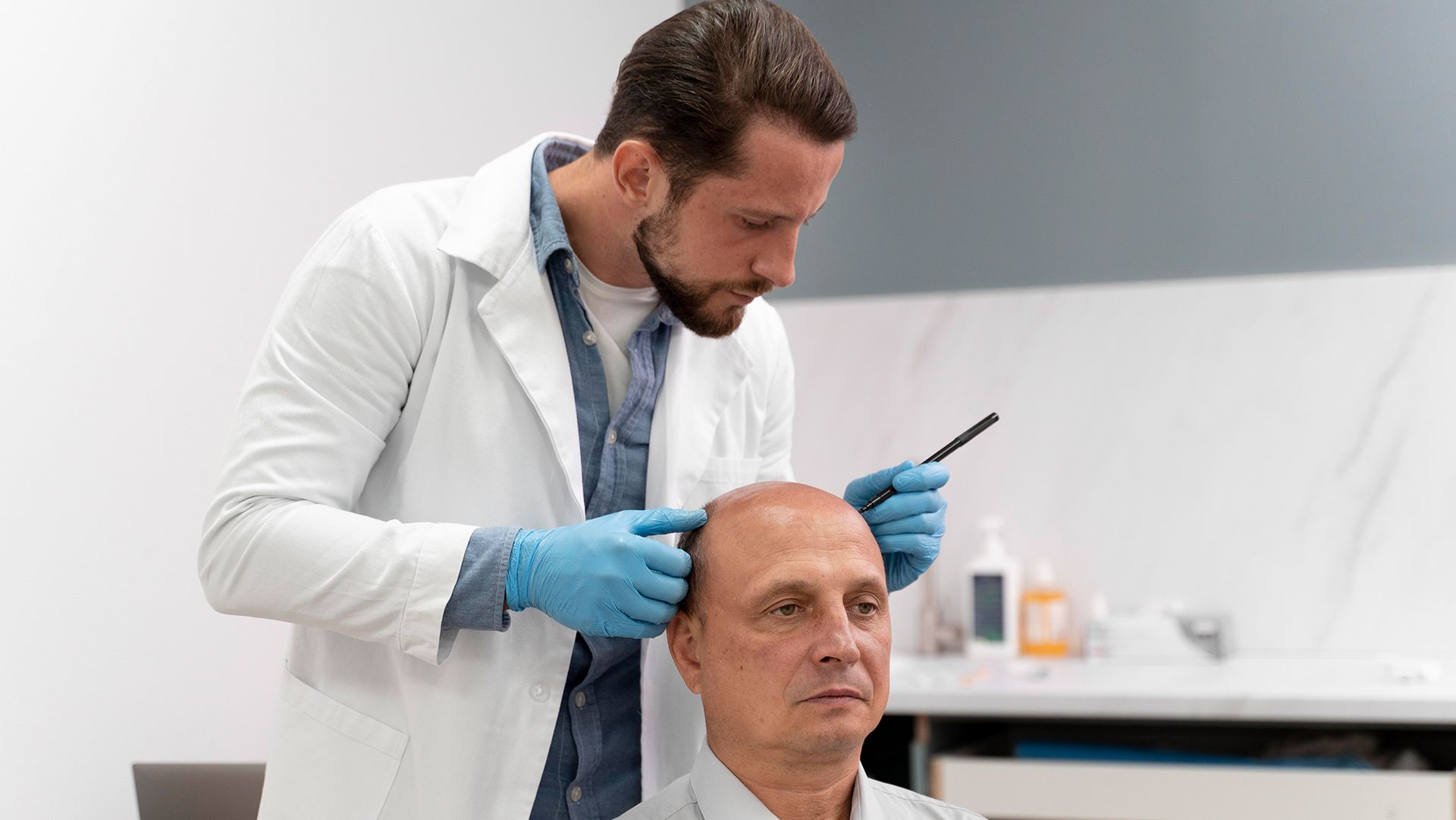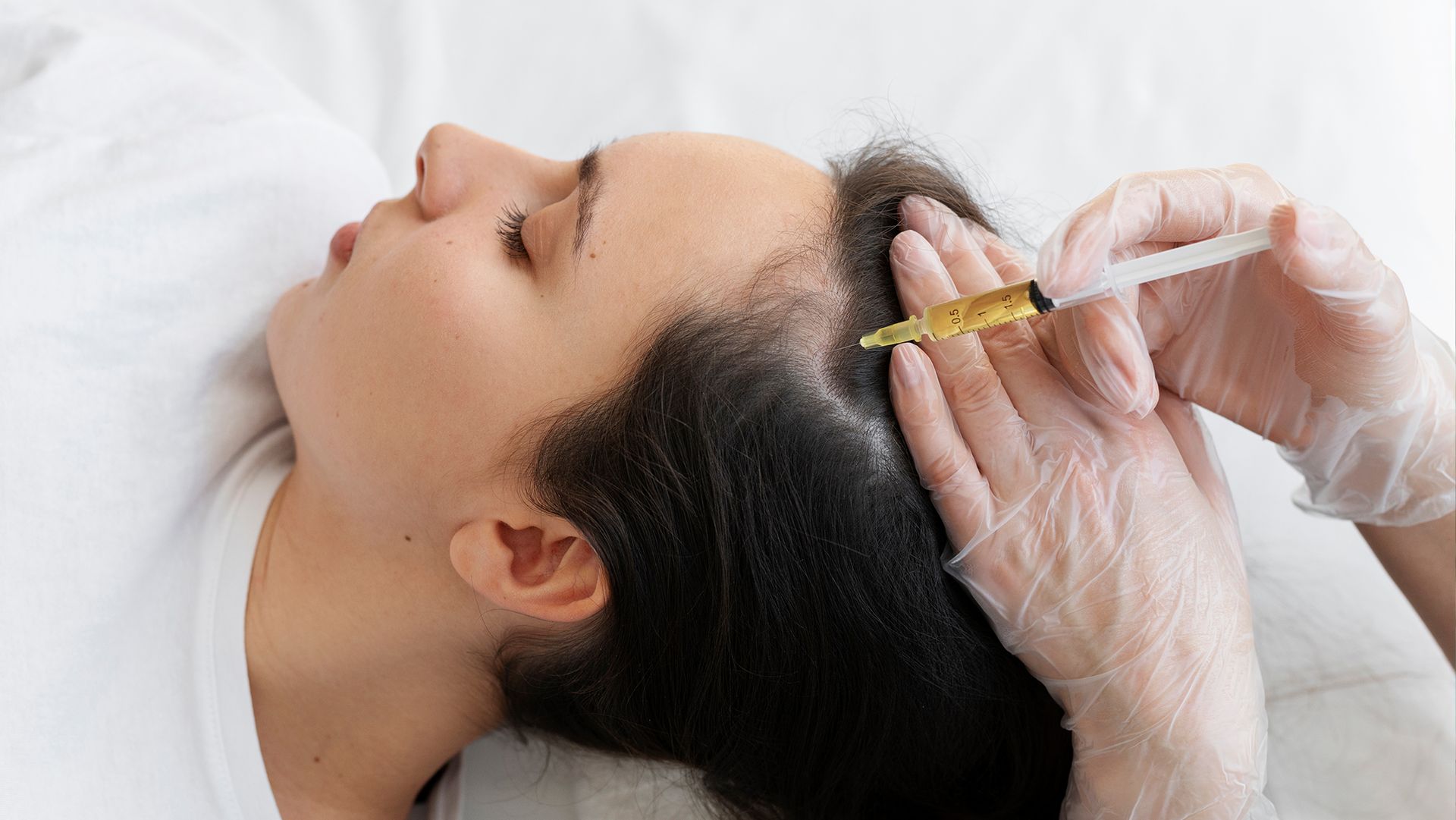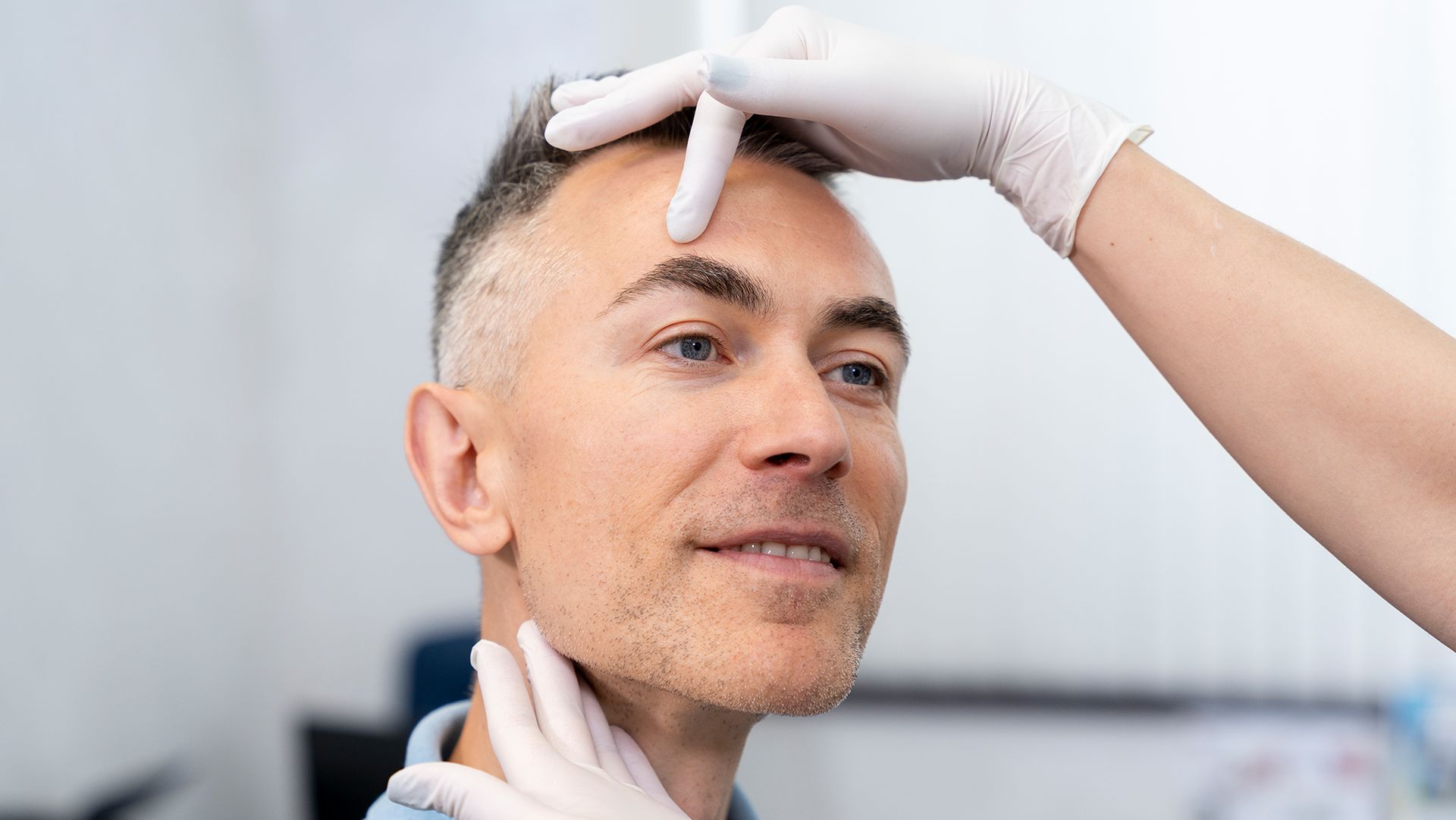The Basics of Eyebrow Hair Transplant Surgery: What to Expect
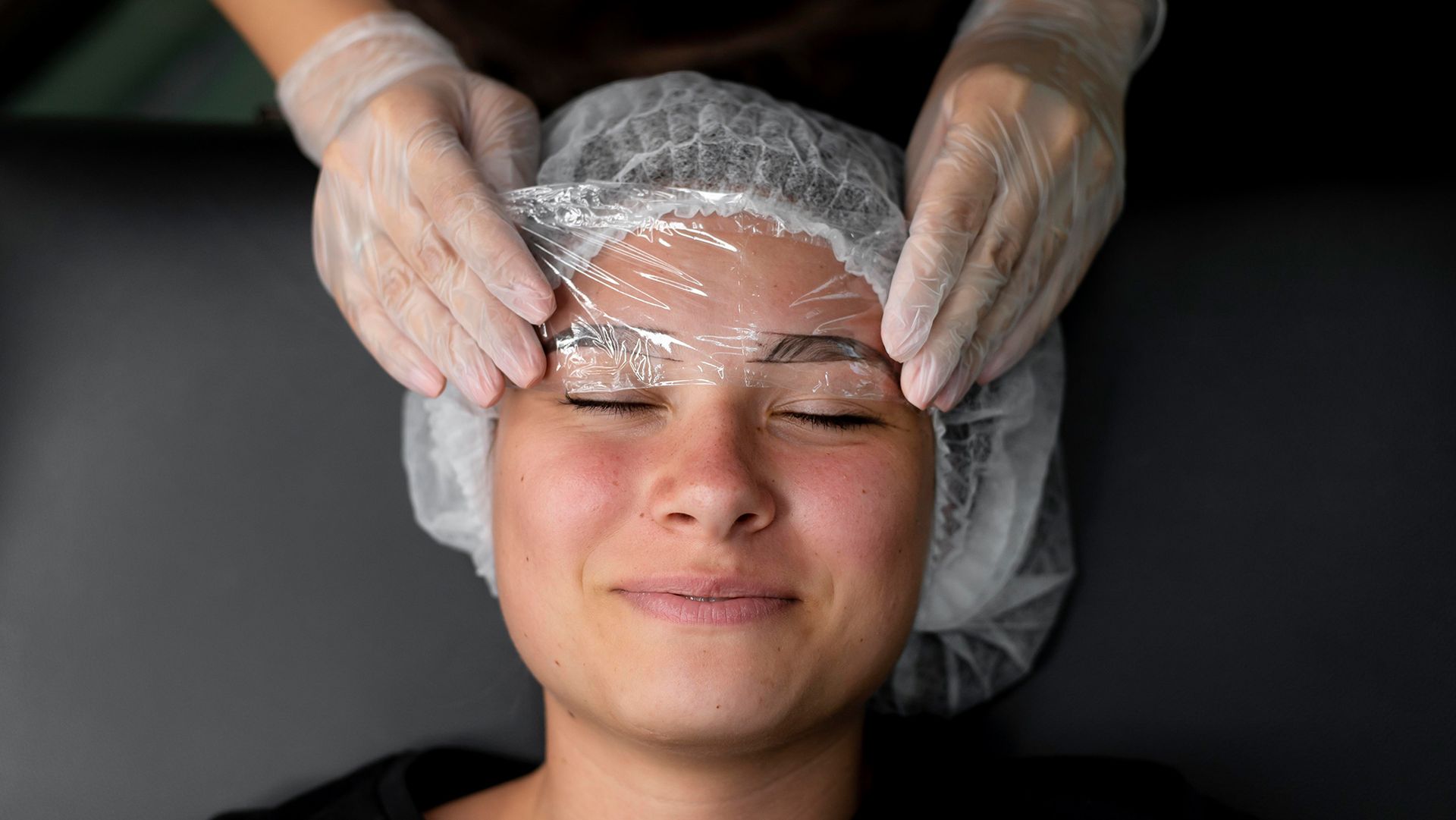
Despite seeming like simple patches of hair, your eyebrows can help frame and protect your face. However, it’s possible to experience thinning eyebrows due to several reasons, like genetics or physical conditions.
In this case, you can consider an eyebrow hair transplant surgery to create or restore fullness. But you might wonder, what exactly is it?
Let’s delve into the basics of eyebrow hair restoration to help you decide if it works for you!
How Does Eyebrow Hair Transplant Work?
Eyebrow hair restoration is a cosmetic procedure that follows a similar procedure to typical hair transplant methods. Here, grafts are often taken from the area around your ears or nape and then implanted in the brow area.
These new hairs can grow and make your brows look fuller. Note that surgeons usually place these grafts in a way that makes them look natural, such as following the direction of your eyebrow.
Here’s a brief look into what you can expect before, during, and after the procedure.
Before the Procedure
You need to meet your surgeon before you get the procedure done. This allows them to brief you on the process and effects, as well as discuss your goals.
During this, they will also examine your eyebrows to check the growth and scan areas where they can take hair follicles. They might also ask about your medical or family history to ensure you’re a fit candidate.
During the Transplant
Surgeons will give you an anesthetic and put you to sleep during the procedure, so you will likely not feel any pain. By then, they will trim a part of the donor area, which is where they will take hair follicles from.
From there, they remove the grafts and carefully place them on the areas of your eyebrows that need more hair. Note that they do this by making a small incision. Both trimmed and slit areas will be stitched together after.
After the Surgery
You can head home after the eyebrow hair transplant surgery. However, you need to follow the care instructions provided by your doctor for quicker recovery. A few of those guidelines include the following:
- Get proper amounts of rest.
- Keep the bandages on until further advised.
- Avoid taking part in strenuous activities for the first few days.
- Take any medication prescribed by your doctor accordingly.
- Be extra careful when washing or touching the surgical sites.
You can also confirm with your doctor if you need a follow-up appointment. They may set this to check the progress of your hair growth and healing or to remove any stitches.
Keep in mind that the transplanted hair will fall out after a few weeks. This happens to make room for the new hair to grow. Even so, it could take a few weeks to months before you notice any major changes.
Side Effects of Eyebrow Hair Transplant Surgery
Like with other hair transplants, eyebrow hair restoration may cause a few side effects post-procedure. Some of the risks include:
- Swelling of surgical sites
- Excessive bleeding
- Damaging of nerves
- Bruising of surgical sites
- Temporary or permanent scarring
- Possible infections
Be sure you get in touch with your surgeon if any of these complications seem severe or persist even after receiving advice from a professional.
How Long Do the Results Last?
Most sources explain that eyebrow hair transplant surgery provides permanent results. Even so, it’s good to note that most hair restoration solutions may or may not last for a lifetime. Moreover, there’s a chance the effectiveness of the procedure can vary from person to person.
In case the transplant results start to fade, you can get follow-up procedures done to maintain the appearance of your eyebrows. Otherwise, you want to practice proper handling and keeping up with your health to prevent them from thinning again.
How to Know If Eyebrow Restoration is For You
Eyebrow hair transplant surgery works for anyone but is especially effective for people who have thin and sparse brows, whether due to natural or medical reasons. Other possible causes may include physical trauma or excessive plucking.
Before you get eyebrow restoration, it’s best to consult a professional. In most cases, patients who experience alopecia areata or conditions of unstable eyebrow hair loss aren’t ideal candidates.
Additionally, the procedure may not work in your favor if you want to avoid invasive procedures or methods that lead to scarring or require incisions and stitches.
Where to Get Eyebrow Hair Transplant Surgery
It’s crucial to make sure you select a reliable place for an eyebrow restoration procedure. You can look up doctors or clinics that specialize in hair restoration. Otherwise, you should make sure you work with dermatologic, cosmetic, or plastic surgeons.
Many recommend doing a background check before you make your choice. This way, you can see if they have the proper qualifications, expertise, and certifications.
You can also check for patient reviews from the doctor or clinic to get an idea of how they work. Moreover, it gives you realistic insight into the process and results. As much as possible, look for feedback with before and after photos to help you picture it clearly.
Furthermore, experts suggest having a consultation with the doctor or clinic before setting an appointment. This way, you can use it as an opportunity to go through their portfolio and ask questions about your concerns about the commitment.
In Summary
Eyebrow hair transplant surgery is a popular solution to restoring hair in your brows and making it look full. Keep in mind that it works best for those who experience thinning brows or hair loss due to natural causes, medical conditions, or physical and emotional reasons.
As an invasive method, it’s crucial to make sure you know and understand how it works before committing to it. This way, you can set your expectations accordingly and prevent any issues later on.
Knowing these also helps you decide whether you want to proceed with the transplant and find a hair restoration clinic you can trust!
